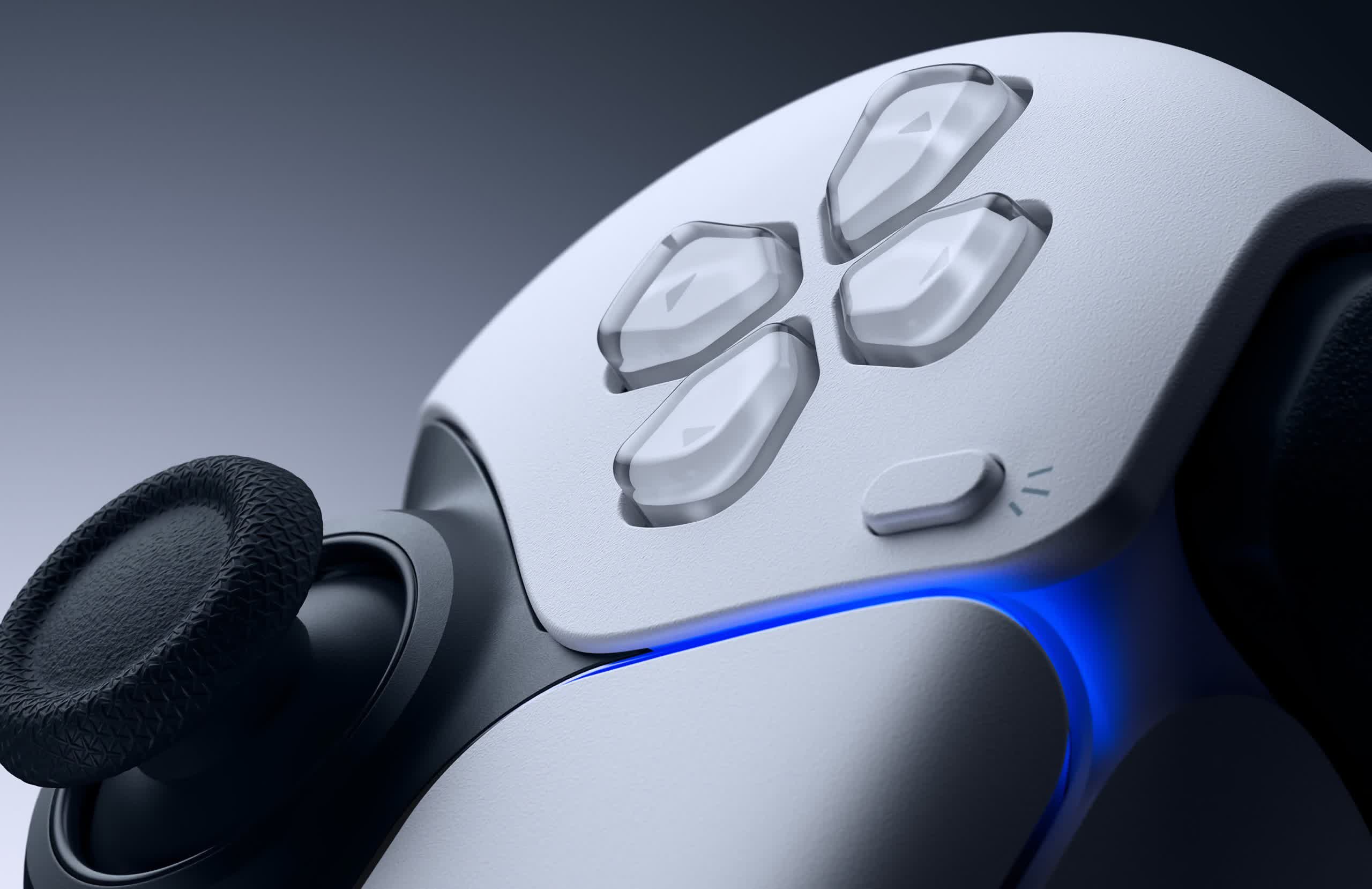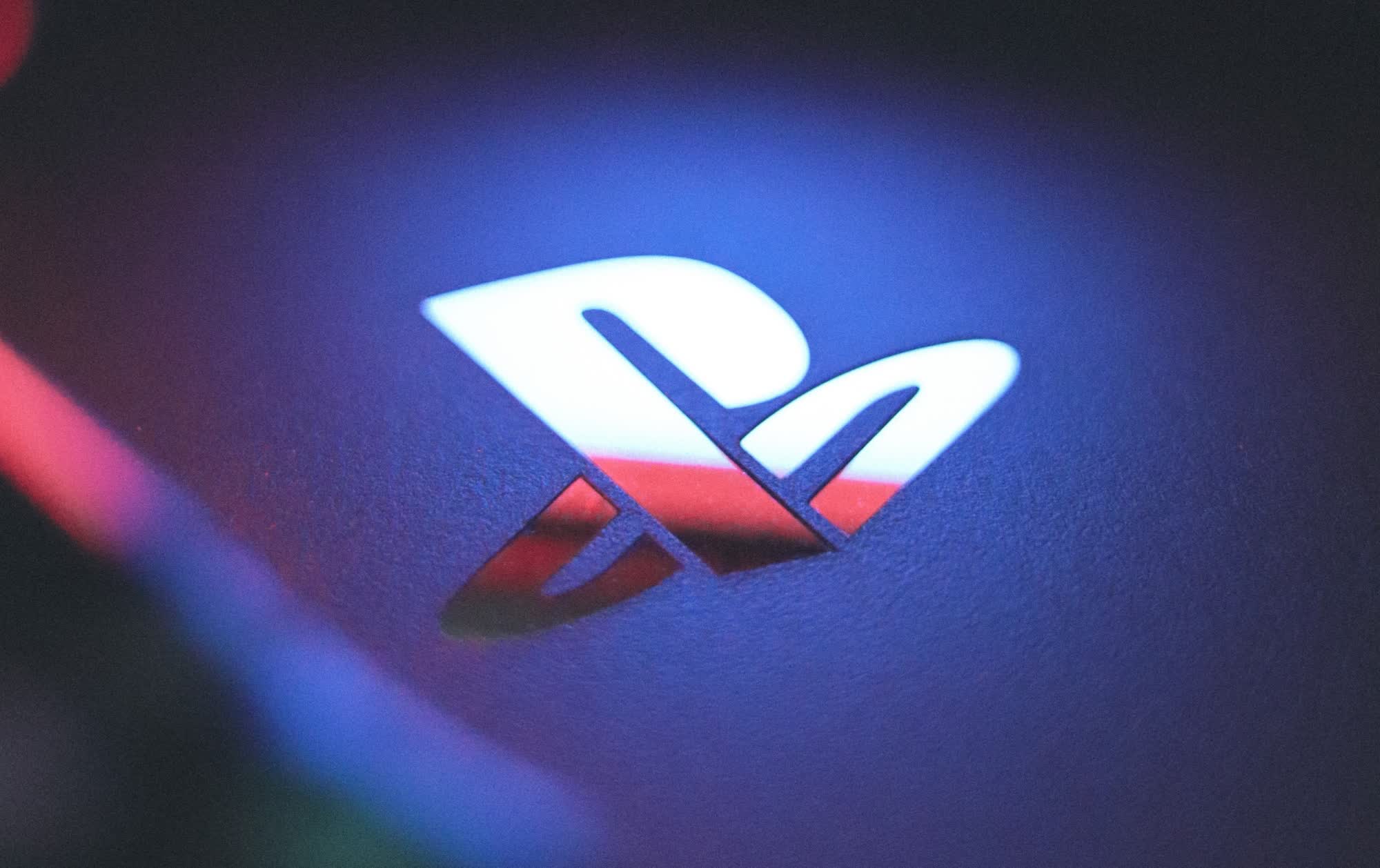In context: Prior rumors and leaks have created a somewhat murky picture of Sony's upcoming PlayStation 5 Pro console, but new documentation might clarify some details. The mid-generation refresh, expected to ship later this year, reportedly offers significantly improved ray tracing performance, machine learning-based upscaling, and other new features that developers could use to enhance graphics significantly.
Eurogamer has acquired documents from Sony's developer portal that shed new light on how the PlayStation 5 Pro's architecture improves upon the original model. The upgraded console uses a combination of increased horsepower and new functionality to boost performance and image quality.
The new information confirms earlier rumors that the PlayStation 5 Pro features 60 compute units compared to the standard console's 36. However, this means the new model's GPU operates at a base clock speed of 2.18 GHz, slightly lower than the original PS5's 2.23 GHz. The three-percent difference is unlikely to degrade performance, and the PS5 Pro can boost to 2.35 GHz in limited scenarios. Moreover, it might feature 256 KB of L1 cache compared to its predecessor's 128 KB.
Although the new model reaches a theoretical 33.5 TFLOPs on paper, more than tripling the base PlayStation 5's 10.23 TFLOPs, Sony's documentation says that practical rasterization performance should only increase by about 45 percent. However, the L0 cache doubles from 16 KB to 32 KB to help improve ray-tracing performance. Prior rumors indicate that the PlayStation 5 Pro might run RT operations between two and four times faster, possibly due to new hardware based on AMD's upcoming RDNA 4 GPU architecture, which leakers claim is completely different from RDNA2.
Other helpful new features include hardware support for variable rate shading (VRS) and mesh shaders. Both technologies have been available for some time but have only seen limited use in games, partially due to lack of full support from the PS5.
Mesh shaders enable games to render significantly increased geometric detail, and are primarily responsible for Alan Wake 2's notoriously high PC system requirements. Meanwhile, VRS saves performance while maintaining image quality by reducing the resolution of portions of the screen players are less likely to notice, such as areas covered in total darkness. It remains unclear how much game developers would utilize the features just for PlayStation 5 Pro, as the console will likely comprise a small portion of total PS5 sales.

Those features would likely combine with the previously leaked PlayStation Spectral Super Resolution, Sony's answer to Nvidia DLSS, which would upscale games from lower resolutions using machine learning to increase framerates. Sony appears to be making it as easy for developers to implement the technology as possible, hoping they will add it to many older titles.
Sony hasn't officially confirmed its plans to launch the PlayStation 5 Pro, but the console is expected to arrive later this year. Details on pricing and the inclusion of a disc drive are unclear.
